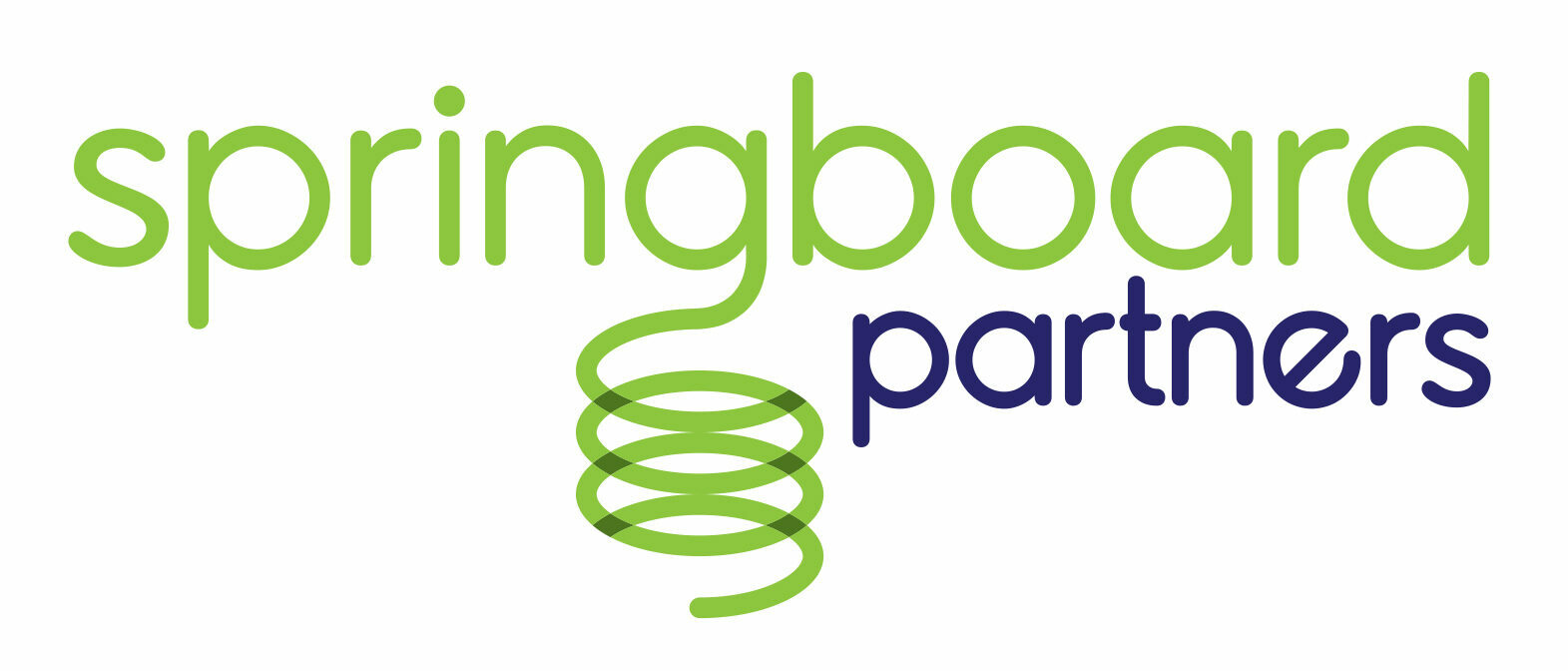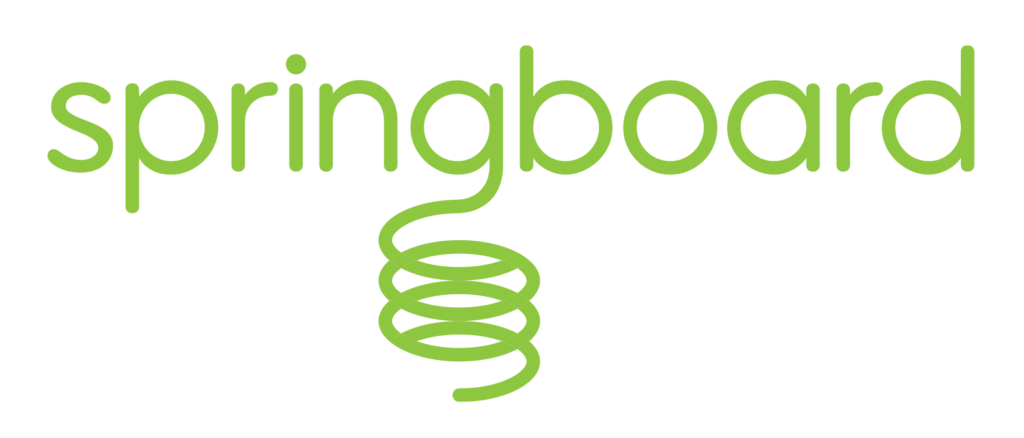Sarah Hogan is a program officer for the Packard Foundation’s Conservation & Science Program. Her work focuses on supporting market-based incentives for environmentally sustainable and socially responsible management of global fisheries and aquaculture operations. She has been with the Foundation since 2007.
We spoke to Sarah about the Foundation’s Sustainable Seafood Communication Peer Learning Network – a group of professionals representing 10 nonprofit organizations (NGOs) that work in the sustainable seafood sector.
Tell us about the organizations that participate in the Peer Network. What need did they face that you were trying to meet in developing the Peer Network?
The organizations that participate in the Peer Network are also part of the Conservation Alliance for Seafood Solutions, a broader alliance of over 30 NGOs operating in the landscape of using market-based mechanisms to incentivize change in fisheries management policies and practices globally.
In the context of the work of the Alliance, the organizations participating in the Peer Network understand the value and necessity of collective impact initiatives to achieve outcomes. What we were hearing from these organizations – many of which are smaller to mid-size nonprofits that don’t have large infrastructure to support their work – is that in addition to engaging in the strategy work of a collective impact platform like the Alliance, they were also seeing opportunities to learn together in a cohort-based structure. They wanted to work with others in the movement to extend the reach of their organizations through different communications channels and identify more discrete opportunities to work together on specific projects.
The organizations‘ needs were two-fold: to build capacity of their staff that might not have a full-time remit to focus on communications, and to learn together and trial some partnership work.
Why did you feel like it was important for you as a Foundation to try to meet that need?
Some organizations in the Peer Network are paying attention to the sustainable fishery elements of the current pandemic – what’s happening in the ocean. Some organizations are focused on what is driving consumer demand – what’s happening around nutrition and health. Others are primarily focused on supporting the producers of our food. There are a lot of narratives in the sustainable seafood movement globally; we’d be foolish not to embrace all those narratives.
The challenge and opportunity is to ensure that the work of individual organizations within the broader movement is all pulling in the same direction, and that the different narratives don’t dilute the message that sustainably managed fisheries are better for people and the planet.
These organizations are also sharing their experiences with peers in the Network. This is an opportunity for them to learn from each other about what seems to resonate most with target audiences and explore new outreach approaches.
What are you looking for the Network to do or to accomplish? How do you want the Network to help your grantees in their work? What are your expectations or hopes for the Network?
The Packard Foundation believes in the value and power of cohort-based learning as a mechanism to strengthen the individual and collective capacity of the NGO sector. This project is one of many approaches we take in thinking holistically about the capacity required for the long-term impact of the sustainable seafood movement. One of the goals of our work is to make sure that we are constantly cultivating new leaders in the movement. I think cohort programs like this give individuals within organizations that might not be at CEO or executive director levels an opportunity to get to know other organizations and engage directly with consultants and donors in ways they might not normally.
What have you seen that’s worked well? Has the outcome of work met your expectations thus far?
People keep coming back! For participant organizations, the Peer Network seems to be delivering value. They’re finding value both in content – the curriculum Springboard is delivering – as well as through the connections they’re creating with peer organizations.
In this past year, Network participants were more specific about opportunities they wanted to work on together. For example, they chose to co-create a shared message in response to the impact of COVID-19 on the seafood sector and to coordinate social media efforts to amplify participant organizations’ work. In addition to further developing their skill sets, it seems like they are also starting to pinpoint content that’s a good fit for collective work moving forward.
Is this an idea that could be applied to organizations working on other issues?
Definitely! I really see this as part of a bigger movement-building effort. So much of what’s happening in the U.S. right now on a variety of issues points to the need for engaging diverse networks and the strengths that different organizations can bring in more coordinated ways.
Recognizing the perspective of different organizations in a movement-building context is one of the building blocks of developing relationships and understanding where different organizations’ strategies fit into the bigger picture.
The Network’s nimbleness and ability to pivot also show potential for where to go next. The Network structure enabled new organizations to join, including organizations not based in the U.S. This is a good example of how the Network can respond to the needs of the movement. The Network is also structured in a way that would allow it to live within a broader network platform. For example, in this case, we have discussed the Network becoming part of the Conservation Alliance. To-date, Network participants have recommended that the structure remain separate.
If other foundations are considering a grantee capacity-building network like the Peer Network, what do they need to know before they get started?
We started by hearing the needs of our grantees and then tried to develop something that, in its initial phase, was extremely targeted just at those needs. We started small and didn’t try to do too much at once, both in terms of number of organizations and scope.
Through some survey work at the end of the pilot, we learned more about what worked well and didn’t. At that point, we iterated on the design and have been responsive to the needs of organizations. At the end of the day, this work has to be fit for purpose.
I would hope that none of the organizations feel forced into this kind of format. The attention you pay to continuous learning, checking in and iteration is important because it keeps it fresh and relevant to issues organizations are working on. Ultimately, the Network needs to serve the needs of the individual organizations.
This Network has weathered some staff changes within organizations as well. It’s been a nice way to onboard new staff into the work and into an established group of organizations that can provide support.

